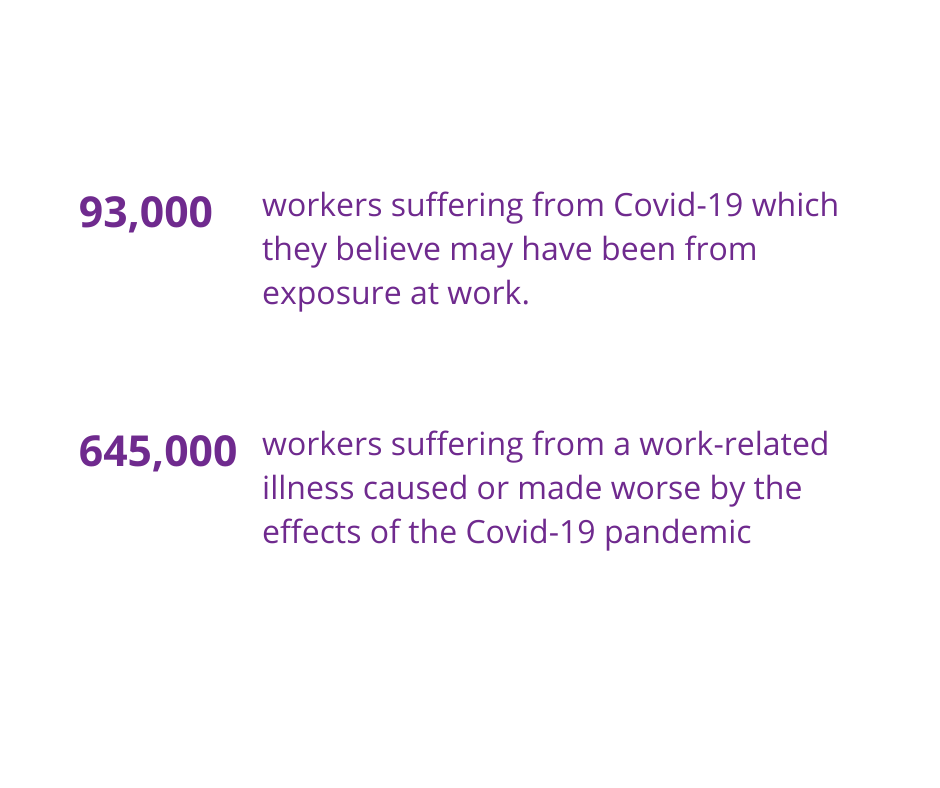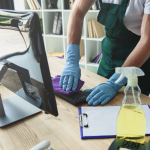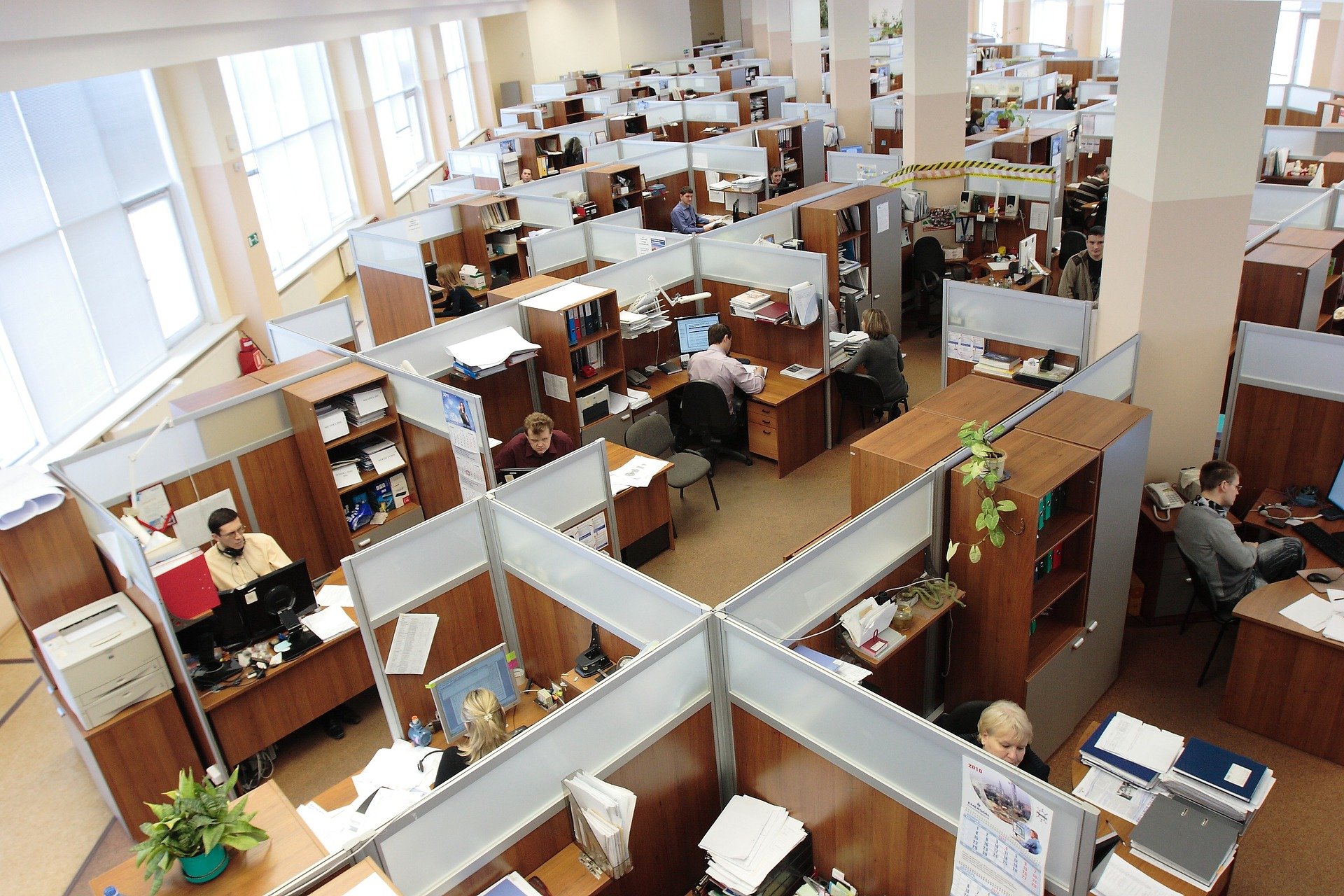We are all used to managing Covid-19 risks in the workplace now, it has been something we have had to deal with for the last two years. The recent easing of restrictions, and the changes in guidance (again!) in working safely during coronavirus may once again get employers tearing their hair out in frustration. One thing is for certain, Covid-19 is not going away in a hurry, so we need to ensure we control the risks of transmission in the workplace to protect our people.
Are employers managing Covid-19 risks successfully?
The Health and Safety Statistics 2021 released in December 2021 by the HSE gave the first reported numbers for the effects of Covid-19 in the workplace. They numbers report were:

These numbers relate to the very first year of the Covid-19 pandemic, accounting for the period between April 2020 to March 2021.
Of the 93,00 workers who believe they caught Covid-19 at work, around half of those worked in human health and social work activities. No reliable data has been gathered for other industries as the sample sizes were too small (ref https://www.hse.gov.uk/statistics/coronavirus).
The 645,000 workers who reported a work-related illness caused or made worse by the effects of the Covid-19 pandemic include ill-health cases that may not be a Covid-19 infection. From the HSE Technical Report, this number is made up of people who have had any work-related condition made worse, including things like musculoskeletal problems, work-related stress, work-related breathing problems not due to Covid-19. Some examples of how coronavirus pandemic may have made work-related ill-health cases worse are include in the technical report, and include:
- an existing musculoskeletal condition made work by a change in working conditions, such as working from home at a temporary workstation.
- a case of stress, depression or anxiety caused or made worse because of the uncertainty in work arising from the pandemic.
- a new or existing case of asthma that has been made worse by Covid-19 that the worker believes was contracted at work.
These numbers shows that Covid-19 affects not just those who contract Covid-19 as a result of workplace transmission, it also affects people dealing with underlying health conditions, new ways of working, and we have to look to protect the overall wellbeing of our people.

Managing Covid-19 transmission risks in the workplace
Covid-19 will be with us for a long time to come, so we need to make sure that we continue to manage the risks of transmission in the workplace. A key part of this is keeping up with the latest Government guidance on working safely during coronavirus, so make sure you have somebody in your organisation is responsible for this, and for implementing the controls set out in the guidance.
As we (hopefully) move from the pandemic to the endemic phase of Covid-19, we need to keep controls in place to minimise the risk of transmission of the virus. The good news is that the controls are, in the most part, relatively simple. Things you need to keep doing include:
Risk assessment – think about how Covid-19 can be transmitted in your workplace, and put controls in place to minimise the risk of transmission. This means you need to either have a Covid-19 risk assessment in place, or include the risk of transmission of Covid-19 in your general workplace assessments.
Ventilation – good ventilation in the workplace significantly reduces the risk of transmission. Check all your working areas, and ensure you are getting a good flow of air through. If you find any poorly ventilated areas take steps to improve the airflow – you may just need simple steps like making sure you open a window for ten minutes every hour.
Cleaning – continue to identify any touch points in your workplace (eg door handles, light switches) and clean them frequently. Ask all staff and visitors to clean their hands frequently, and provide hand sanitiser.

Prevent contact – do not expect or allow people with Covid-19 symptoms to come to your place of work. If staff show signs of Covid-19, ask them to stay at home and to carry out a Covid-19 test. If the result is positive, they must follow the isolation guidance in place at the time. Employers must support their workers if they are required to self-isolate.
Check-in – while it is no longer compulsory to check in to venues, it is good practise to ask your workers, visitors and customers to check in your site. You do not have to turn people away if they refuse, but it can be helpful information to pass on to test and trace if you have an outbreak in your place of work.
Communicate – as with all other health and safety considerations at work, communication is key. Make sure your workers understand the steps you are taking to keep them safe, and be open and responsive to questions and reasonable requests. The last two years have been difficult for everyone, and maintaining strong two-way communication between employers and workers can go a long way to ensure your risk controls are followed and to improve moral in the workplace.
In addition to this, you need to plan what you will do in the event of an outbreak at work. Now that the work from home requirement has been lifted, many people are going back to the workplace. Make sure you and your people know the steps you will take if you get a number of cases reported at work.
What about non-Covid related risks?
Remember that you also continue to have a duty to protect the health, safety and wellbeing of your employees from non-Covid related risks. If people have not been in the workplace for a long time, you may need to think about reminding your workers of your workplace health and safety arrangements and consider carrying out fire drills and practising other emergency arrangements to test that everything still works effectively. Check out the type of risk assessments and health and safety arrangements you may need to consider here.
You will also need to be mindful of the impact on your workers mental wellbeing. Many people have been impacted badly with the effects of the pandemic, from losing loved ones, dealing with long-covid, social isolation and uncertainty. Coming back in to the workplace may be another challenge to an already challenging situation. Take care to support your workers, listen to them, make accommodations (where possible) and help to ease any anxieties people may be feeling by being back at work.
Want to learn more about how you can continue to manage Covid-19 risks in the workplace?


